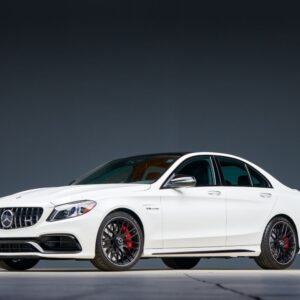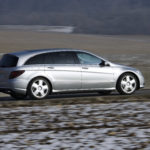Mercedes-Benz is one of the oldest automakers. Karl Benz, the brand’s founder, is considered the inventor of the gas-powered internal-combustion passenger vehicle that we know today. The E-Class has a long history, tracing its roots to midsize Mercedes-Benz vehicles made in the ’50s, after World War II. The E-Class that we know today is a name synonymous with luxury and quality engineering. It’s the benchmark for an executive sedan. What’s the best Mercedes-Benz E-Class? We’ll go over the several E-Class generations and discuss which ones are the best in history.
The Bulletproof Icon: 1975-1985 Mercedes-Benz W123

If you’re a car enthusiast, or even remotely familiar with vehicle models, you might recognize the E-Class’ timeless boxy look. The W123 made in 1976 is the first model that showed off this design language and Mercedes-Benz will carry on using and evolving this look for the next 20 years.
The W123 emphasized chrome, using chrome trim around the windows, bumpers, and grille. Using chrome this way wasn’t flashy. Rather, it gave off an understated and luxurious look. The interior was also incredibly simple, but high-quality. It was comfortable, had durable materials, and had an uncluttered dashboard.
Moreover, the W123 is incredibly reliable. Despite some W123s being 50 years old, seeing them working on the road is still fairly common. The W123 is still used as a cab car in some countries. There are even some people considering getting one as a first car because of its reliability. The W123’s heritage, vintage look, and functionality make it a sought-after classic. Hence, it commands a good resale value. The W123 cemented the E-Class’ reputation as a reliable and luxurious nameplate.
The W123 was offered in 9 different gas and diesel engine options. These are the specs of the most powerful 280 E 4MT RWD model.
- Engine Specs: 2.8L Inline-Six
- Weight: 3251 lbs
- Power: 185 HP @ 5800 RPM
- Torque: 177 lb-ft @ 4500 RPM
- 0-60 mph: 9.9 seconds
’90s Design Innovations: 1995-2002 Mercedes-Benz W210
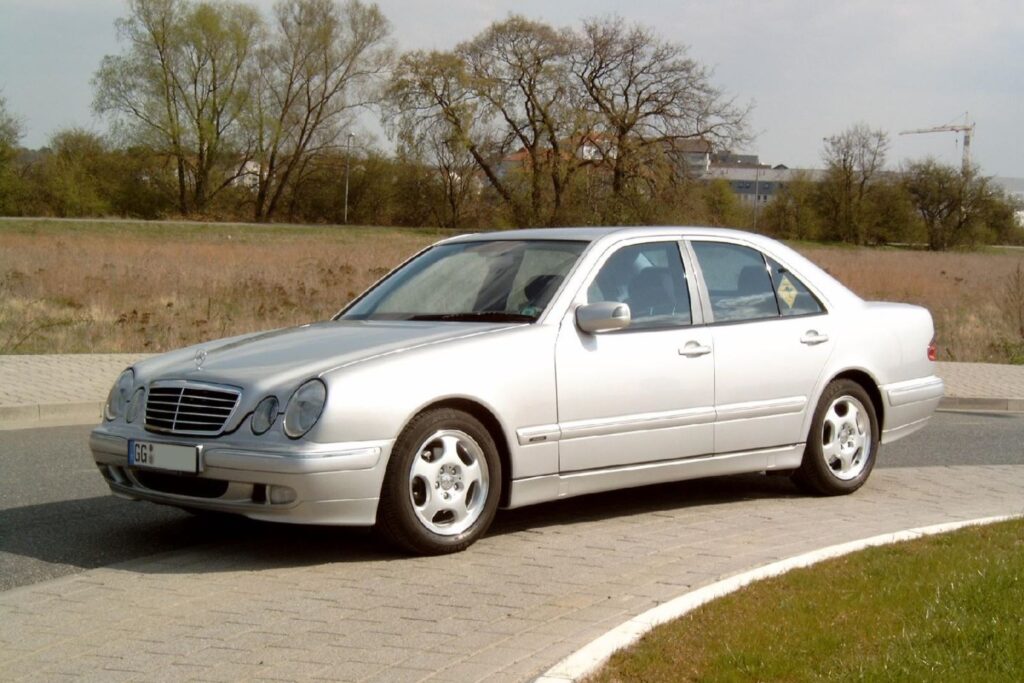
The W210 departed design-wise from its predecessor with its distinctive four-eye headlamp design. This ushered in a new era of Mercedes-Benz looks because the W210’s overall shape and design became more curved and fluid, which was significant because Mercedes was previously focused on a sharp and boxy design language.
The interior also has more advanced technology, including digital displays and electronic controls. This was their optional COMAND system, which paved the way for future infotainment systems. This generation standardized safety features like electronic stability control (ESP), which dramatically improved vehicle handling in low-grip situations. Its combination of revolutionary technology, distinct design, and superior aerodynamics contributed to its significant market presence and resale value.
The W210 was offered in 19 different gas and diesel engine options. These are the specs of the most powerful W210, the 430 V8 5AT RWD.
- Engine Specs: 4.3-L V8
- Weight: 3637 lbs
- Power: 279 HP @ 5750 RPM
- Torque: 295 lb-ft @ 3000-4400 RPM0-60 mph: 6.6 seconds
Luxury Meets Technology: 2009-2016 Mercedes-Benz W212
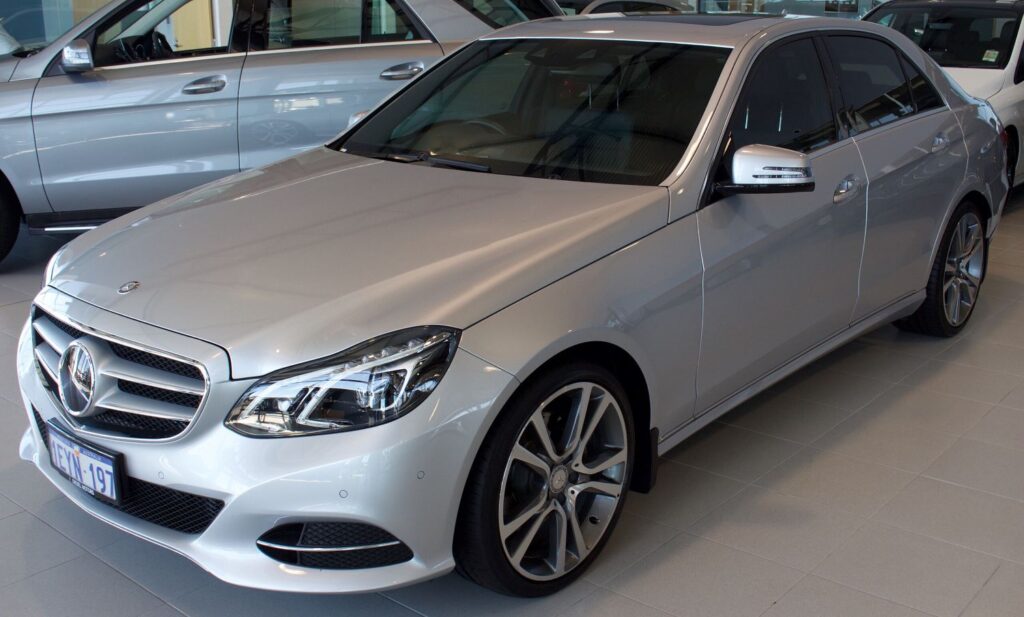
In 2009, Mercedes introduced the W212. This generation was significant because it was a technological leap forward. The W212 introduced new advanced driver assistance systems like Attention Assist, which monitors driver fatigue, and optional radar-based safety systems, including adaptive cruise control and lane-keeping assist.
In terms of looks, the W212 was also significant because of the shock it gave fans. Mercedes went from 4 circular headlights to double square ones. The car’s body lines were also sharp, almost looking sporty with the rear quarter panels looking muscular. Considering the E-Class wasn’t intended to be a sports sedan, this wasn’t viewed as apt.
Nevertheless, the W212 still showcased more technology under the hood. This included the BlueEfficiency models, which improved fuel economy and emissions reduction. Customers also got more engine and drivetrain options. There are 27 drivetrain configurations as owners had the choice between different displacement engines, gasoline and diesel, manual and automatic transmissions, and 4-wheel drive. Here are the specifications of the most powerful 500 BlueEFFICIENCY 7AT RWD.
- Engine Specs: 4.7L V8 engine
- Weight: 4277 lbs
- Power: 408 HP @ 5000-5750 RPM
- Torque: 443 lb-ft @ 1600-4750 RPM
- 0-60 mph: 5.2 seconds
A Modern Masterpiece: 2016-2023 Mercedes-Benz W213
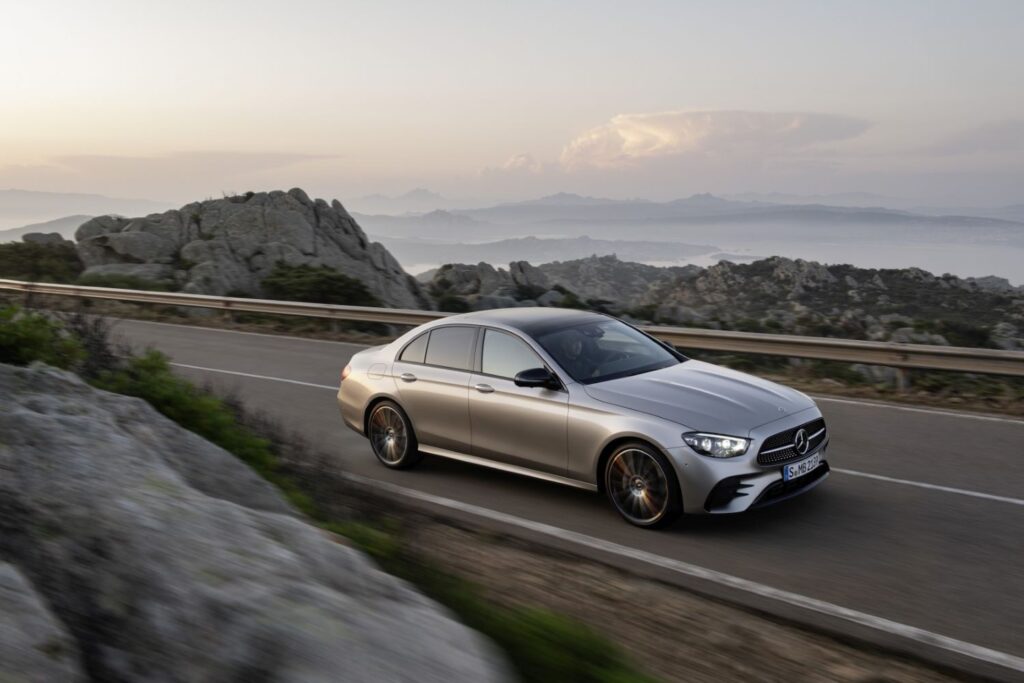
The 2016 W213 was the E-Class’ fifth-generation. This was another complete departure from Mercedes’ previous design with highly sculpted surfaces and flowing lines, creating a sense of sophistication with a tinge of sportiness. According to Mercedes, these lines also serve a purpose because they emphasize improving the vehicle’s aerodynamics to improve efficiency.
Some of the W213 model’s striking features are the prominence of the front LED headlights and the grille with the brand’s three-pointed star logo in the middle.
Inside the cabin, large digital displays dominate the dashboard. The vehicle also had an extremely comfortable, quiet, and refined driving experience. The ride quality, noise isolation, and interior material were first-class, keeping the E-Class one of the best when it comes to luxurious travel. Overall, the W213 is significant because it illustrates how design and technology combine to create a sophisticated and luxurious environment. This is certainly the best Mercedes-Benz E-Class year in terms of comfort, performance, refinement, and features.
Unlike the previous W212, the fifth generation has significantly fewer engine and drivetrain options. Here are the specifications of the gasoline-powered E350 model.
- Engine Specs: 3.5L V6
- Weight: 3979 lbs
- Power: 302 @ 6500
- Torque: 302 @ 65000-60 mph: 6.5 seconds
Any information provided on this Website is for informational purposes only and is not intended to replace consultation with a professional mechanic. The accuracy and timeliness of the information may change from the time of publication.



